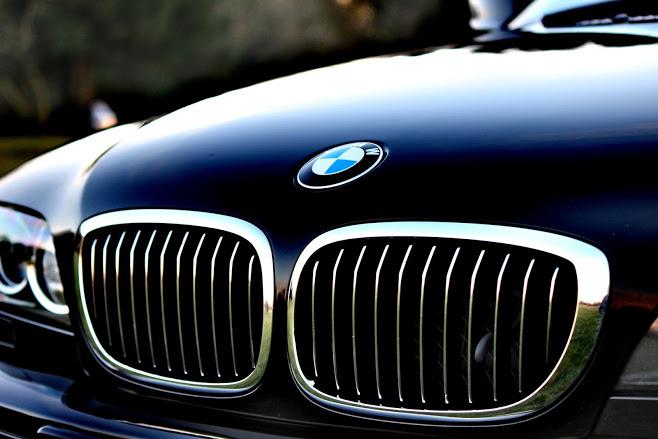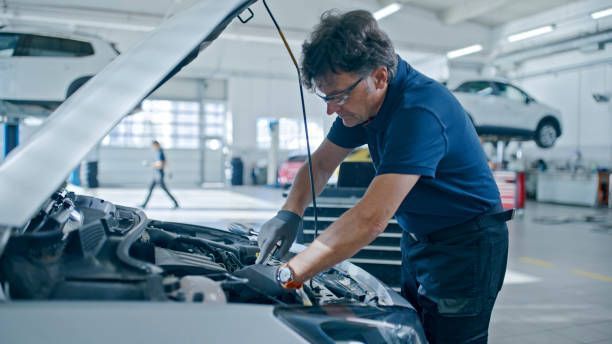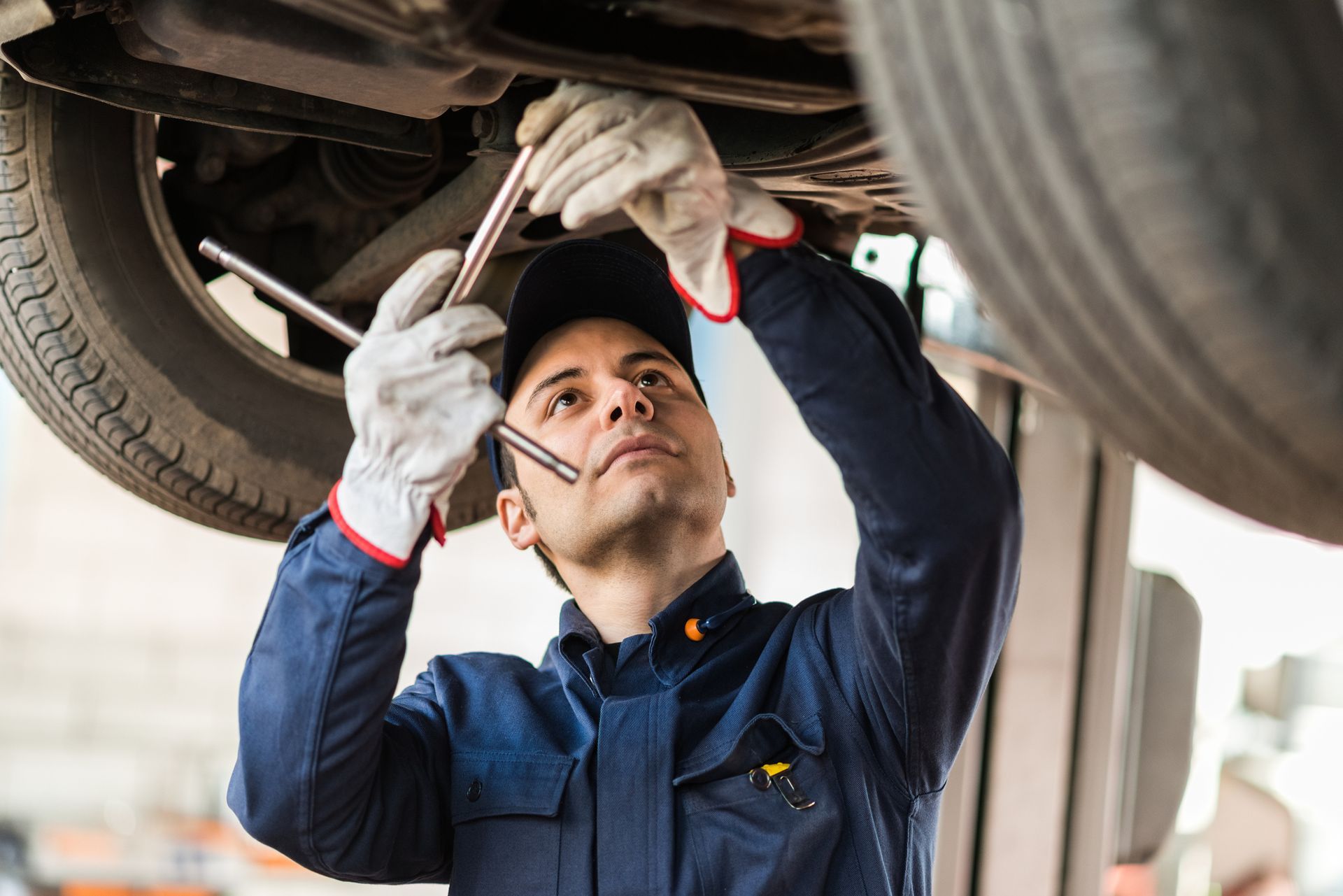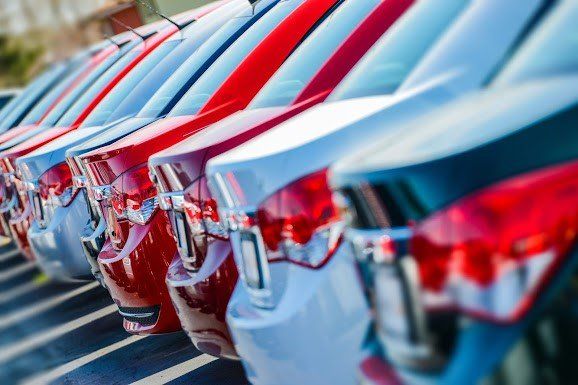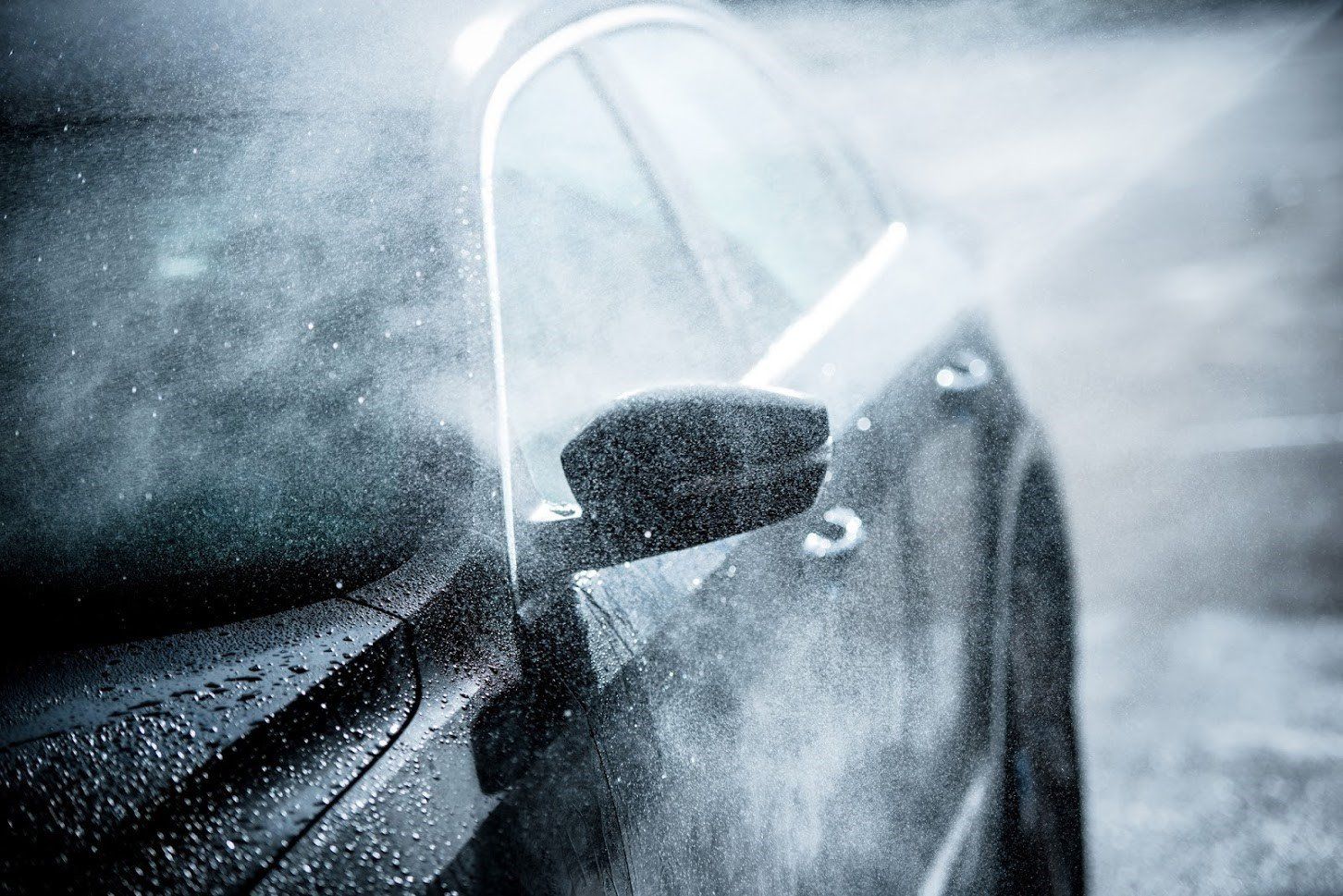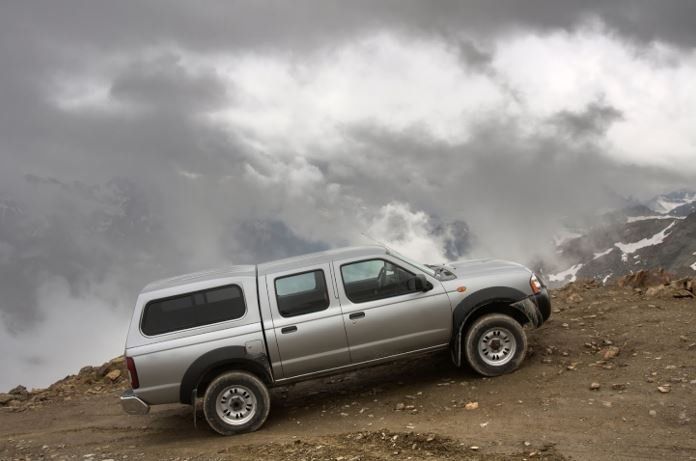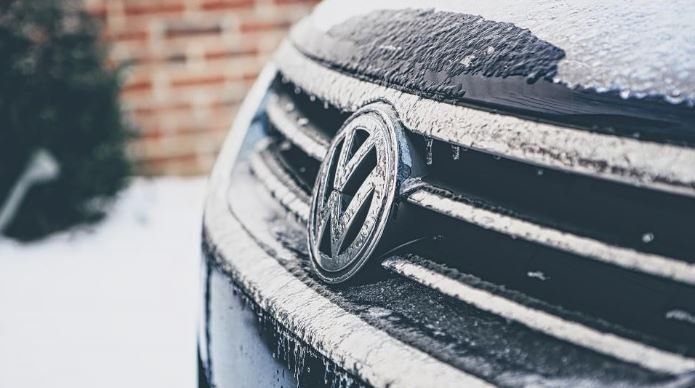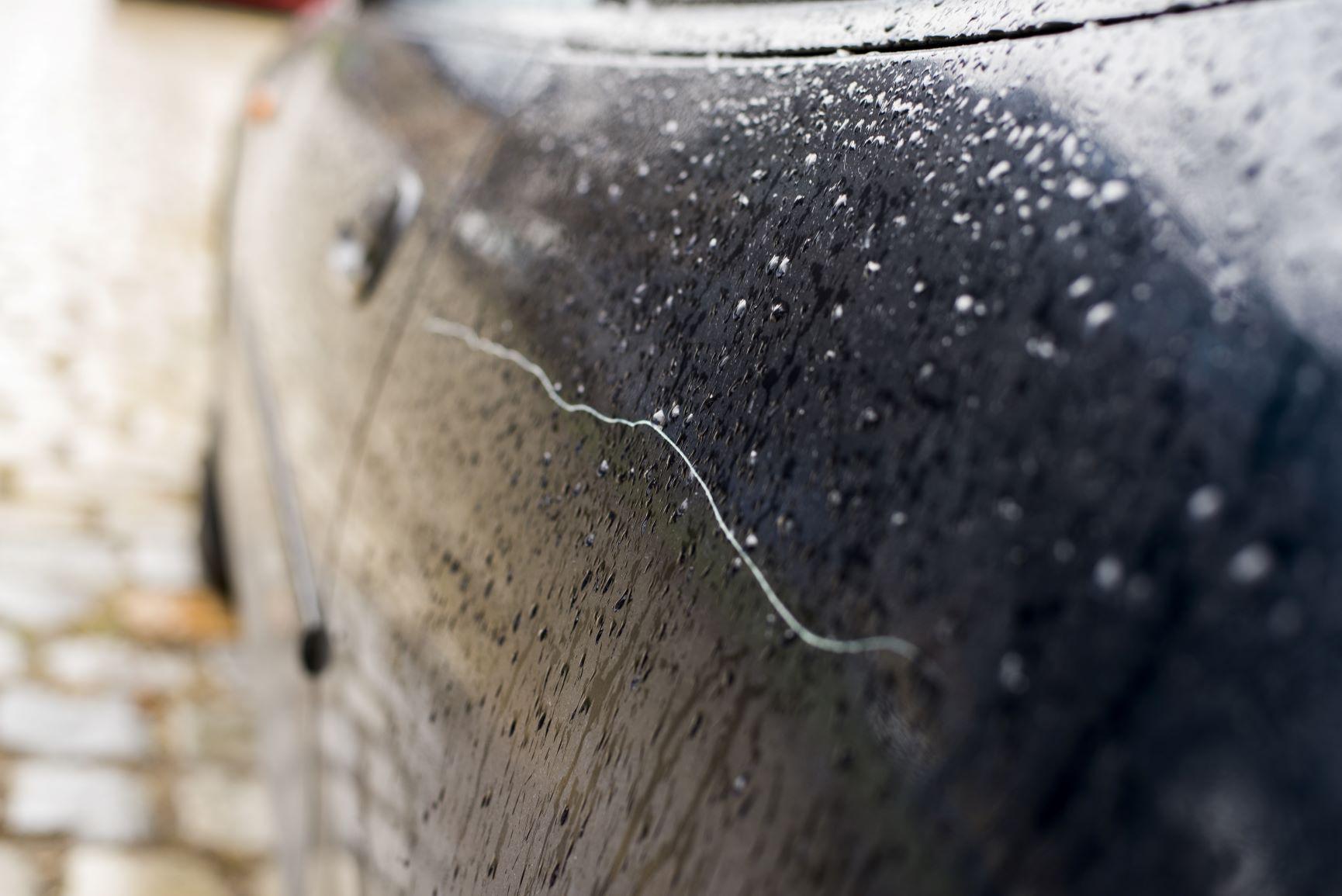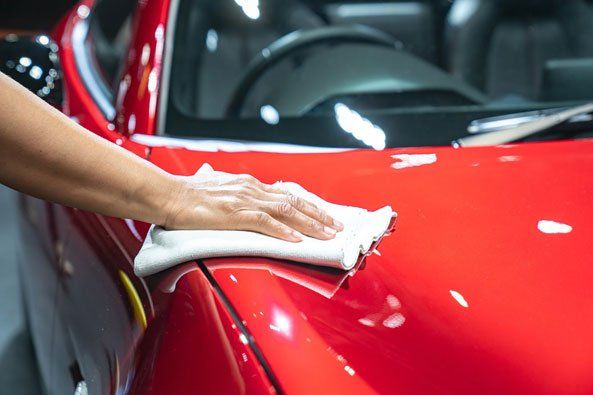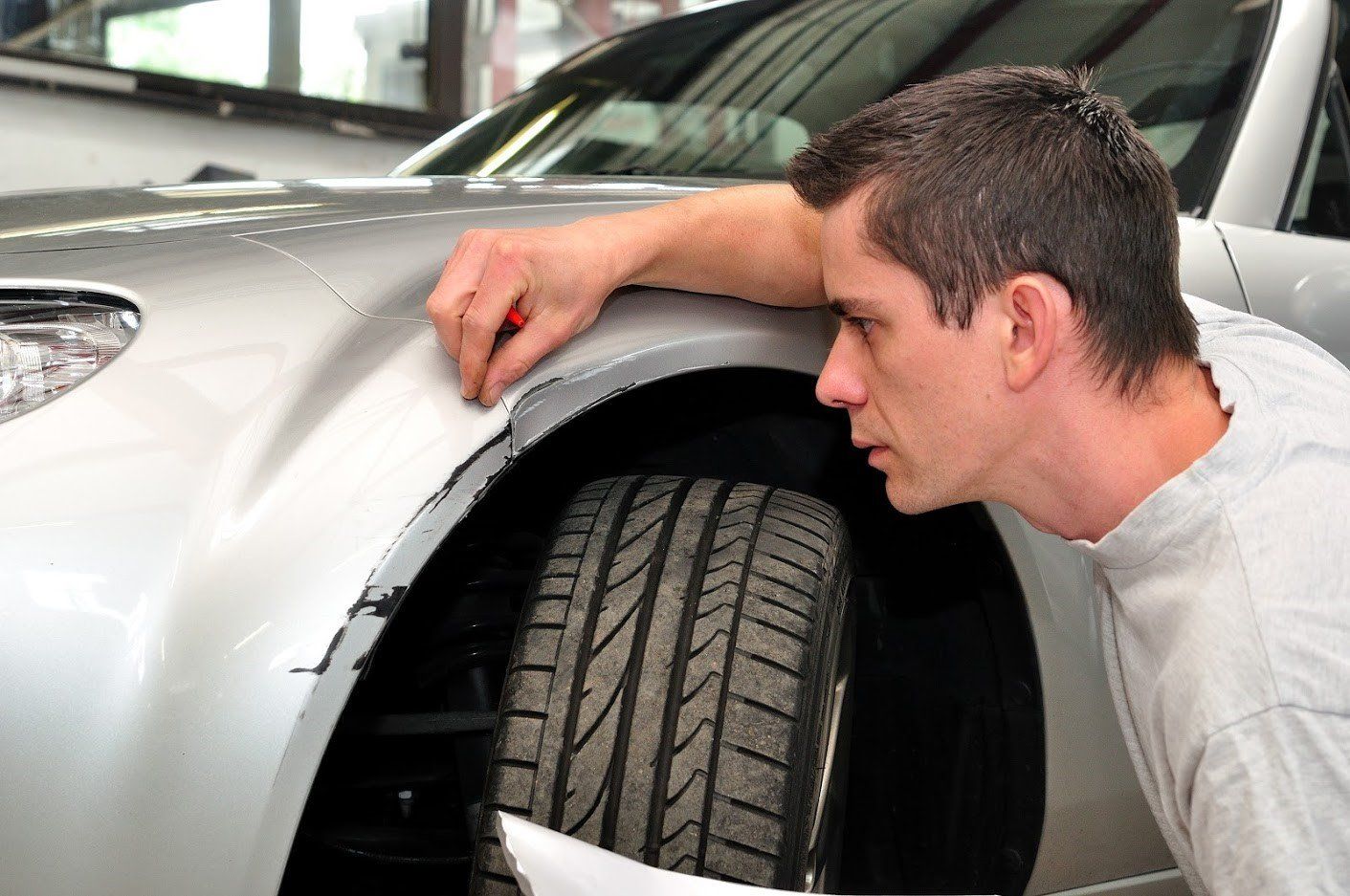4 Tips for Avoiding Auto Body Dents and Scratches
Not all drivers care how their car looks, but perhaps you do. You take care of your car, and you want it to display the effort you put into it. Unfortunately, your car’s body is at risk of dents and scratches even during your daily routine, and fixing those imperfections is costly. Below are tips for avoiding some of the most common causes of dents and scratches.
Drive Carefully in the Rain and Snow
If you can stay home when rain or snow has made streets dangerous for driving, that's the best way to keep your car — and yourself — safe. However, you have to get on with your life even in the inclement weather. So drive carefully in the rain and snow to avoid collisions.
For one, make sure your car is properly ready with inflated tires, preferably the all-weather variety. Your tires are more likely to slip if they're a little flat. Drive slowly, and maintain about five seconds between you and the car in front of you. Try not to stop, but when you need to, decelerate slowly. Likewise, go easy on your acceleration, too.
Don't Park on Busy Streets
The law of averages takes effect when you park on busy streets. More cars speeding past your parked car results in more chances for one of them to hit your car. The presence of cyclists on the road exacerbates this scenario as moving vehicles try to move around the bike, perhaps clipping your car in the process.
The hope is that if a vehicle does clip your car while you're parked, the offending driver will leave insurance information. Alas, quite often the driver moves on without owning responsibility, leaving you with the full repair bill. So whenever possible, park on side streets or in parking lots, even if you have to pay for the latter. You should end up with fewer dents.
Choose Your Parking Lot Space Well
Parking in a parking lot will not spare your car from dings and scratches. Indeed, the parking lot is where many miniature collisions occur. So, when you're parking in a lot, choose your space well.
First of all, park in a remote space whenever possible. The farther you are from the destination, the less likely you are to be crowded by other parking cars. If you do need to park near a car, try to park on their passenger side. Cars always have drivers, but you're playing the odds they might not always have passengers.
In that vein, if you see a child seat, don't park on that side. The driver will have to open the door all the way to strap the child in, perhaps denting your door. Likewise, try to avoid parking near tall vehicles, such as SUVs. Their doors are higher and may ding above your door guards. Finally, avoid cart corrals — errant shopping carts can scratch your car.
Have a Bumper Guard Installed
Playing bumper cars is fun at the amusement park. It's less fun when you're driving around in your actual car. While the purpose of a vehicle's bumper is to prevent damage to the front and rear of your car, the bumper itself can become damaged. Indeed, parking in tight spaces is a common cause of bumper damage.
To protect the future resale value of their cars, some drivers opt to have bumper guards installed. This after-market installation covers the bumper entirely, preventing dents and scrapes even if another car hits yours. Depending on the model you choose, the bumper guard may feature reinforced straps and even impact pads on the back.
Try to avoid having your car dented or scratched. If you do have some damage to your car, let Olson's Auto Body make your vehicle look new again.

